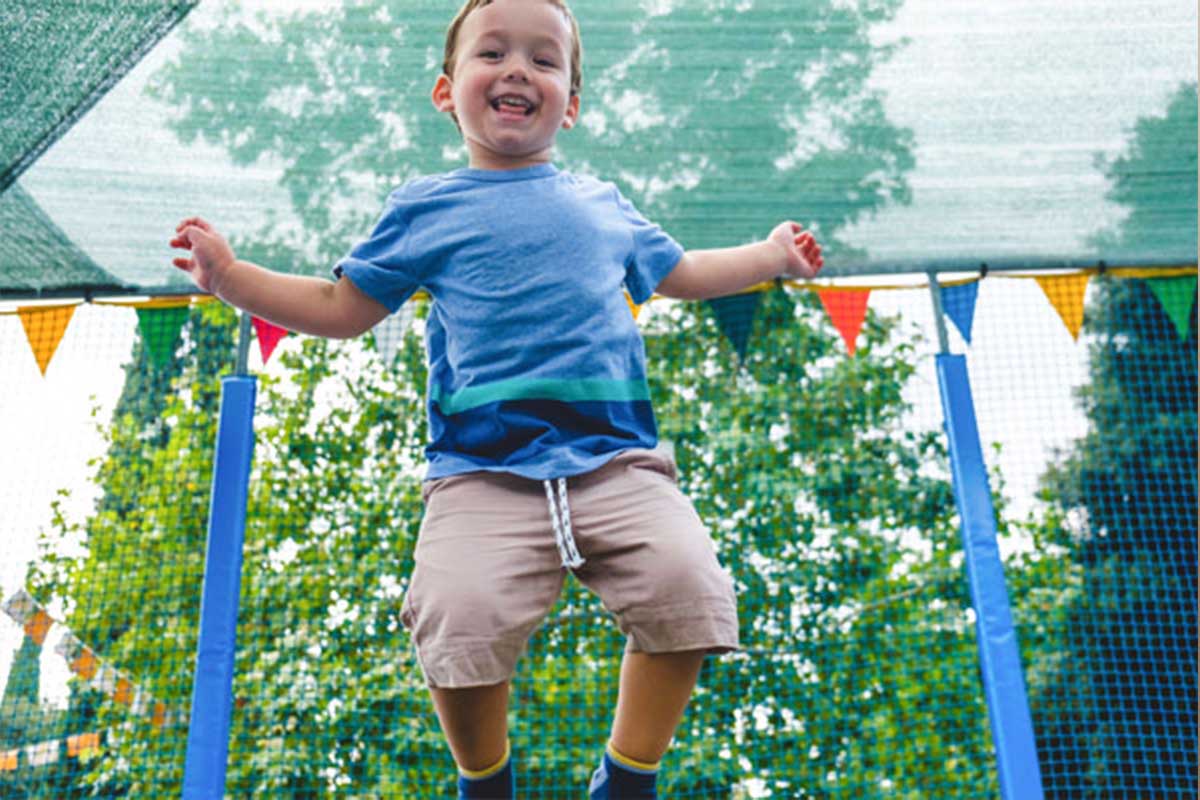
Last updated:
A growing number of children are visiting physiotherapists. Nicole Pates, paediatric physiotherapist and director at Western Kids Health tells us the most common reasons why.
1. Growing pains
During times of rapid growth, children can experience increased aches and pains as their bones grow quicker than their muscles.
Osgood Schlatters, an irritation and pain at the tendon attachment just below the knee and Severs disease, an irritation where the calf muscle inserts via the Achille’s tendon to the heel, are both common.
“Neither of these conditions cause long term damage to the bone or tendon, but they can be painful during day to day activities and sport,” says Pates.
A paediatric physiotherapist can provide strategies to modify painful activity and give child-appropriate strengthening and stretching exercises to prevent and reduce the effect of growing pains.
2. Concerns over walking postures
Physiotherapists often see children for bowed legs, knocked knees, flat feet and in-toeing. In most instances these are a normal part of childhood and correct as children age.
“It’s challenging for parents to know when walking postures are normal versus abnormal, but there are things to be aware of,” says Pates.
These include severity in a child’s condition with no improvement, persistent pain, increased trips, an inability to participate in age appropriate activities and presentation of the condition on one side only.
“A paediatric physiotherapist can thoroughly assess your child to see if there’s cause for concern,” says Pates. “They can use movement facilitation and develop play-based exercises to improve a child’s walking pattern, pain and ability to participate.”
3. Sports injuries
According to Kids Safe WA, the most common sporting injuries in primary school children occur in AFL, soccer, trampolining, cycling and scootering.
Concussions and playing when injured are also common, and overuse injuries occur because a child’s skeleton is still developing and so they’re less tolerant to loading.
A paediatric physiotherapist will be able to provide an accurate diagnosis for individual injuries,” says Pates. “They can combine hands on treatment with fun, game-based exercises to stretch and strengthen injured joints and muscles.”
To reduce injury risk, children should participate in varied sports, attend appropriate training sessions, wear appropriate safety protection and warm up and cool down properly.
4. Gross motor delay
Motor development occurs during infancy and throughout childhood. Delays can occur when a child hasn’t had much opportunity to learn or practise a skill, whether that’s crawling as a baby or catching a ball as a child.
As a guide, infants should be rolling and sitting by seven months and walking by 15 months1. Toddlers should be climbing stairs and early running by two-and-a-half years. By six years, children should be jumping, hopping, skipping and riding a bike.
“A paediatric physiotherapist can identify if and why a child’s gross motor skills are delayed,” says Pates. “They can use movement facilitation techniques, cueing and task-oriented play to help your child gain those skills.”
5. Coordination
As children get taller and heavier, they need to recalculate and coordinate how much movement and power is required for a task. This can make them appear clumsy or uncoordinated.
Pates attributes this to factors such as lack of practice, developing muscle strength, developing body awareness and balance, attention deficits, and vision or visual perception issues.
“A paediatric physiotherapist can help children with coordination difficulties, using specific physical and verbal cues,” says Pates. “They can break movements up into parts and practice the activity where the child usually performs it, such as swimming in the pool.”
6. Weight management and fitness
A recent report by the Australian Institute of Health and Welfare found that 74 per cent of children are not exercising for the recommended 60 minutes a day, and one in four are overweight or obese2.
Preventative measures for weight gain in children include reducing screen time, adjusting diets, and increasing daily physical activity.
“Paediatric physiotherapists are up to date with exercises to improve a child’s weight and fitness that matches their growth and development” says Pates.
“Most physiotherapists will see children at home, in the park, or in a kids’ activity area in the clinic,” she says. “They work closely with the entire family, paediatric dieticians and psychologists to get the best outcome for the child.”
Get your family covered with HBF
We make it easy to compare health cover options and find a plan that suits your family.
Compare health cover